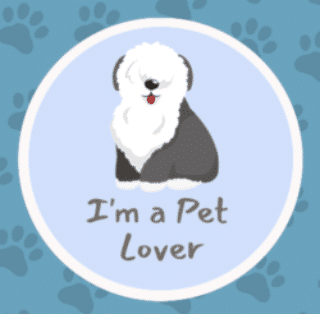All the kinds of Bearded dragons are fascinating creatures that have captured the hearts of many reptile enthusiasts. These reptiles are known for their unique appearance and gentle disposition, including a beard-like frill on their throats. But did you know that different kinds of bearded dragons have their distinctive traits and characteristics?
Understanding bearded dragon kinds is key.
Any person interested in bearded dragons should learn as much as possible about the different species. Animals of different species have different physiological and behavioral needs. Pogona Vitticeps are the most common and, has a characteristic “V” form on the top of its head. The Pogona Barbata is recognizable by its heftier build because to its full beard and chin spikes.
Learning about the many bearded dragon species is useful for selecting the correct pet and also for understanding the dragons in their native environment. The smaller species of Pogona, Rankin’s dragon, or Pogona Henrylawsoni, is found in in Australia’s Northern Territory. Alternatively, the dry parts of Western Australia are home to Pogona minor, or the Western bearded dragon.
Types of Bearded Dragons
There are multiple species of bearded dragons. Each unique physical and behavioral characteristics make it a fascinating and rewarding pet. Let’s take a closer look at some of the most common types of bearded dragons.
Common bearded dragon species
Numerous varieties of the bearded dragon are popular pets in Australia. Some of the most popular ones include:
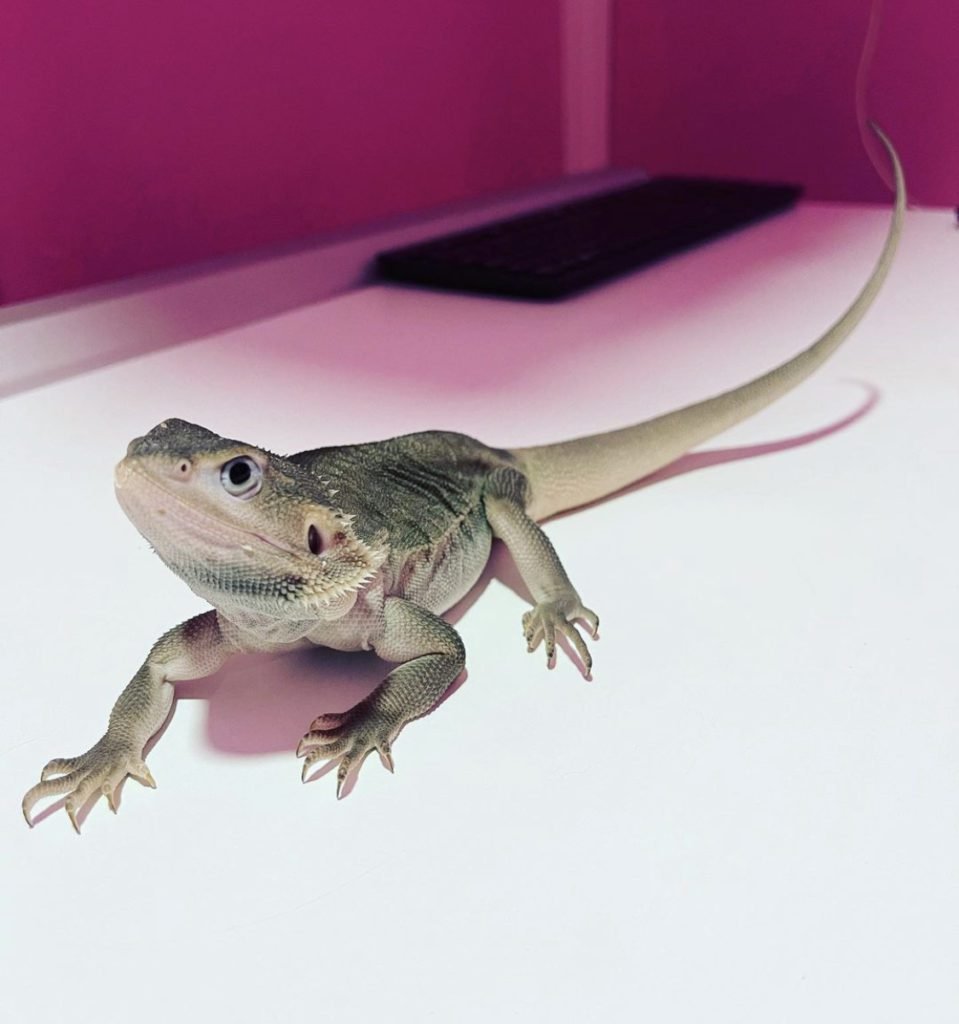
Pogona vitticeps
Pogona Vtticeps, also known as the central bearded dragon, is the most common species of bearded dragon. They are known for their friendly disposition and unique “V” shaped head markings. Main bearded dragons are typically larger than other species and can grow up to 24 inches.
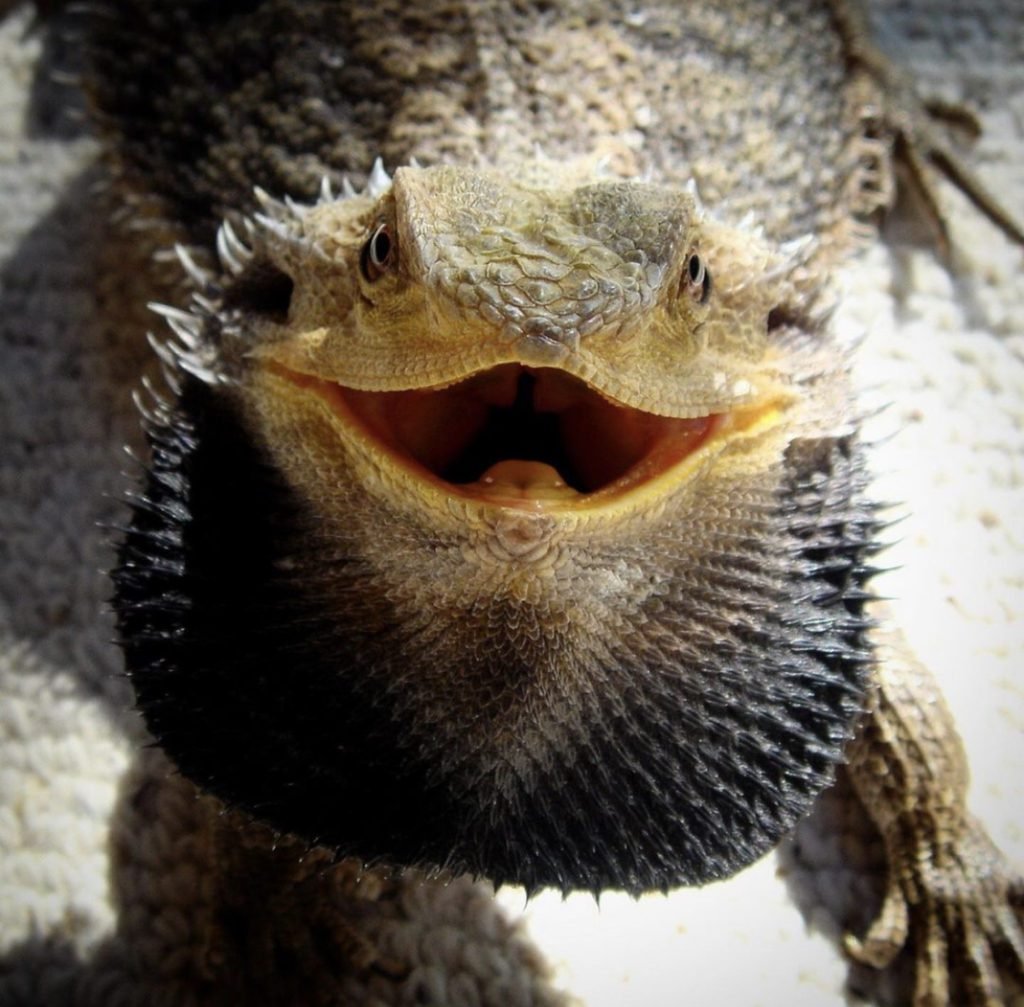
Pogona Barbata
The eastern bearded dragon, or Pogona barbata, is another typically owned species. Their intimidating image is primarily due to the bushy beard and spiky chin that defines them. Eastern bearded dragons are known to be a bit more territorial than other species and may require more careful handling.
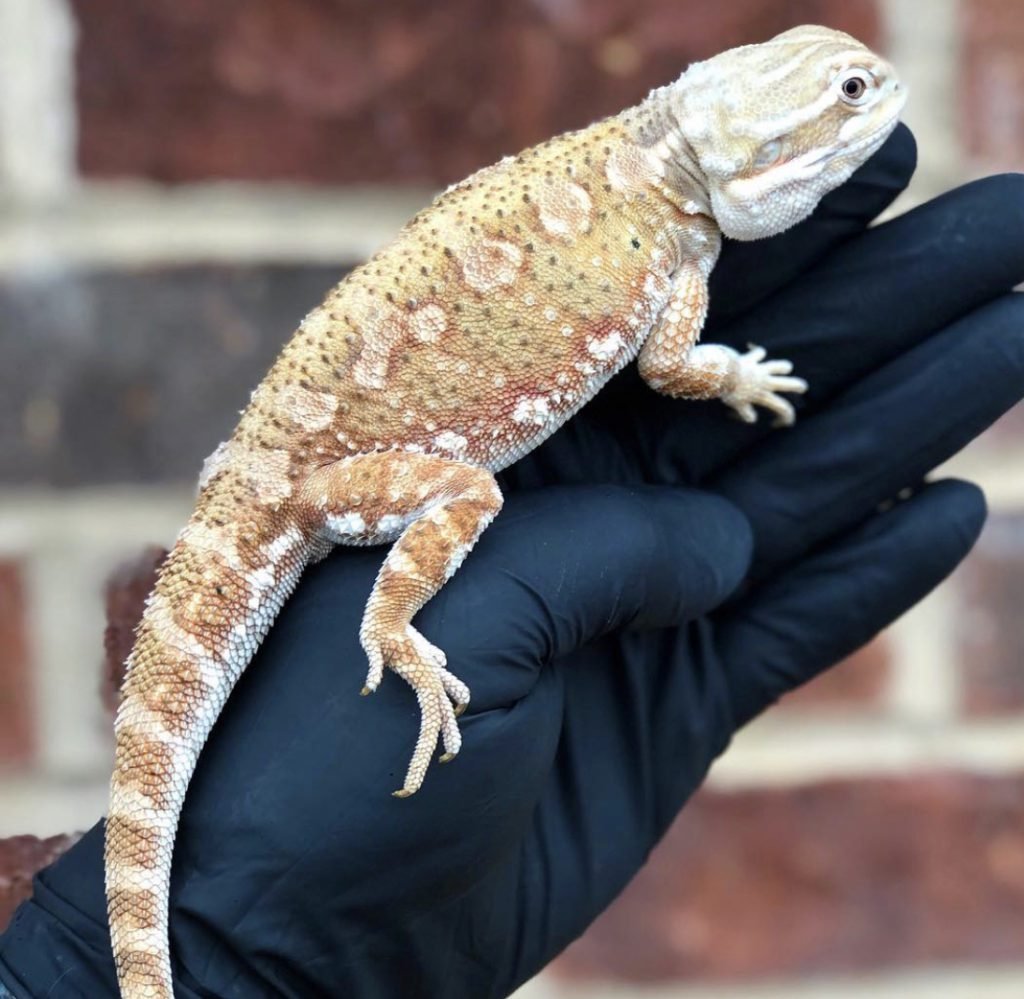
Pogona Henrylawsoni
Pogona Henrylawsoni, also known as Rankin’s dragon, is a smaller bearded dragon native to the Northern Territory of Australia. They are known for their calm and friendly nature and can make great pets for beginners. Rankin’s dragons are typically smaller than other species, growing to around 12 inches in length.
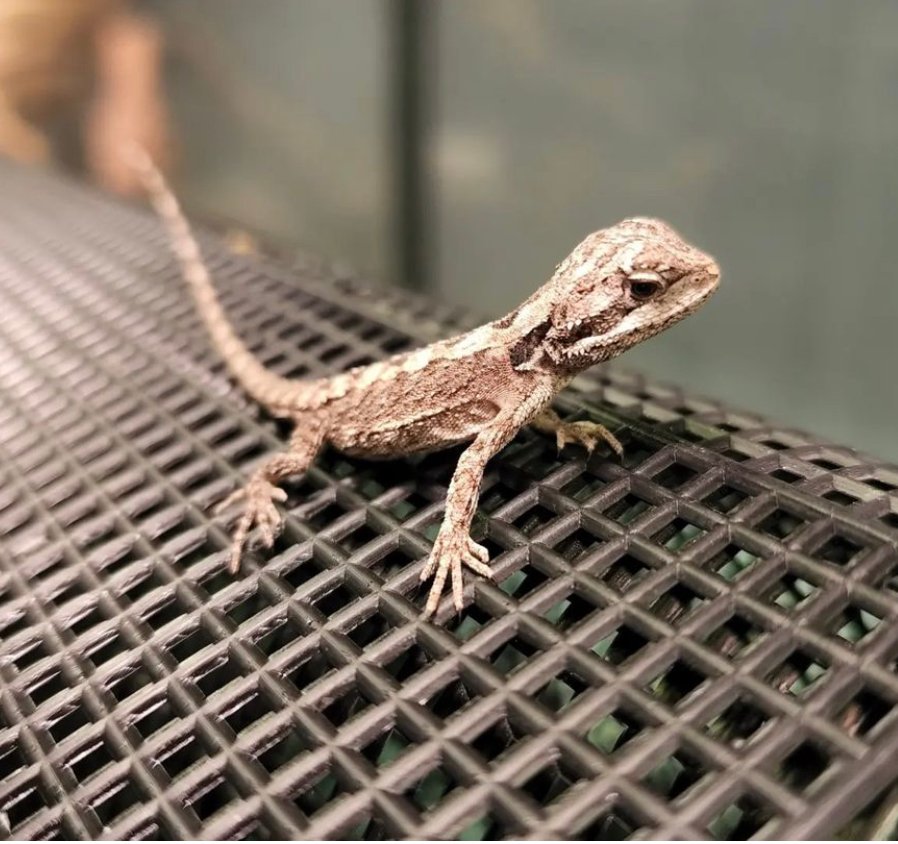
Pogona minor
Pogona minor, also known as the western bearded dragon, is found in the arid regions of Western Australia. They are characterized by their distinctive “Y” shaped head markings and can grow up to 16 inches in length. Western bearded dragons are known for their hardy nature and can make great pets for those looking for a species that can tolerate a broader range of environmental conditions.
You may also interest: Discovering the Menu: What Do Bearded Dragons Eat?
Characteristics of each type
Bearded dragons are popular pets for many reasons – they are easy to care for, have unique personalities, and come in various types. When choosing a bearded dragon as a pet, it’s essential to understand the characteristics of each class to ensure you are giving your pet the best care possible.
Physical appearance
Each type of bearded dragon has its unique physical appearance. For example, Pogona Vitticeps has a “V” shaped head and a more slender body, while Pogona Barbata has a thicker, more robust build and a spiky chin. Pogona Henrylawsoni is smaller but has distinctively patterned scales, and Pogona minor has a “Y” shaped head and a more compact body.
Temperament
Bearded dragons are known for their friendly and docile nature, but each type of bearded dragon may have its personality traits. For example, Pogona Barbata can be more territorial and require more careful handling than other types. Pogona Henrylawsoni is known for being remarkably docile, making them great pets for beginners.
Habitat requirements
This reptile is native to Australia and require specific environmental conditions to thrive. Each bearded dragon type may have specific requirements for temperature, humidity, and lighting. For example, Pogona Vitticeps requires a basking spot with temperatures up to 110°F. At the same time, Pogona minor can tolerate a broader range of temperatures due to its native habitat in the arid regions of Western Australia.
Terrarium
Use branches, tunnels, and pebbles to build a desert landscape terrarium. Not only will your pogona love exploring their new habitat, but it will also provide them with the perfect place to bask in the sun.
To ensure maximum comfort, we recommend investing in a terrarium that is at least 40x40x40 for a baby specimen and 80x50x50 for an adult pogona. Of course, if you want to go above and beyond, there’s no harm in getting something even larger!
Air circulation is one of the most important things to keep in mind when setting up your pogona’s terrarium. Be sure to choose a design that allows for plenty of ventilation while giving you a clear view of your pet. And remember – never, ever use a fish tank as a terrarium. Trust us. Your pogona will thank you for it!
Diet
Bearded dragons are omnivores and require a diet that includes insects and vegetation. The specific dietary requirements of each type of bearded dragon may vary, but all kinds need a balanced diet to stay healthy. For example, Pogona Vtticeps require a diet of crickets, mealworms, and leafy greens, while Pogona minor can also eat small rodents and birds in addition to insects and vegetation.
It’s important to note that a pogona’s diet should change as it grows. For the first 12 months, the diet should consist of 70% insects and 30% vegetables and fruits. However, this ratio should shift to 70% fruits and vegetables and 30% insects once the pogona reaches adulthood.
The following are some of the best options for feeding a pogona:
Insects:
- Store crickets
- Tenebrio (mealworms)
- Earthworms
- Silkworms
- Flies
Vegetables:
- Carrots (beneficial for skin color)
- Cabbage
- Mulberry (excellent source of calcium)
- Dandelion
- Arugula
- Lamb’s lettuce
Fruits:
- Pear
- Apple
- Watermelon
- Apricot
- Mango
- Papaya
- Melon
- Persimmon
- Fig
Finally, it would help if you organized a pogona feeding schedule. Pogonas require feeding once every two days, although younger reptiles need food more frequently.
You may also interest: 16 Amazing Bearded Dragon Facts You Need to Know
Factors to consider when choosing a bearded dragon
- Experience: If you’re new to reptiles, choose a bearded dragon with a calm disposition and easy maintenance. Pogona henrylawson is an excellent option for beginners due to their docile nature and low-maintenance requirements.
- Space: Bearded dragons require a spacious enclosure to thrive. Consider the size of your living space and the area you can provide before choosing a bearded dragon. Pogona minor, for example, is a smaller species requiring less room than other bearded dragons.
- Temperament: While bearded dragons are generally known for their friendly nature, each type can have its personality traits. Consider a friendly bearded dragon if you have small children or other pets. Pogona vitticeps is known for being remarkably calm and close, making them a good choice for households with children.
- Budget: The cost of caring for a bearded dragon can vary depending on the type and the quality of care you provide. Ensure you are prepared to invest in the necessary supplies, including a suitable enclosure, heating and lighting equipment, and food.
In conclusion, bearded dragons vary in appearance and maintenance. A variaty of range from the energetic Pogona vitticeps to the calmer Pogona henrylawsoni.
This reptile’s ownership takes time, effort, and money. To give your pet the most outstanding care, do your homework and speak reptile expert before making a choice.
Pogona vitticeps, barbata, henrylawsoni, and minor are famous bearded dragons. Each species has its look, disposition, habitat, and food.
